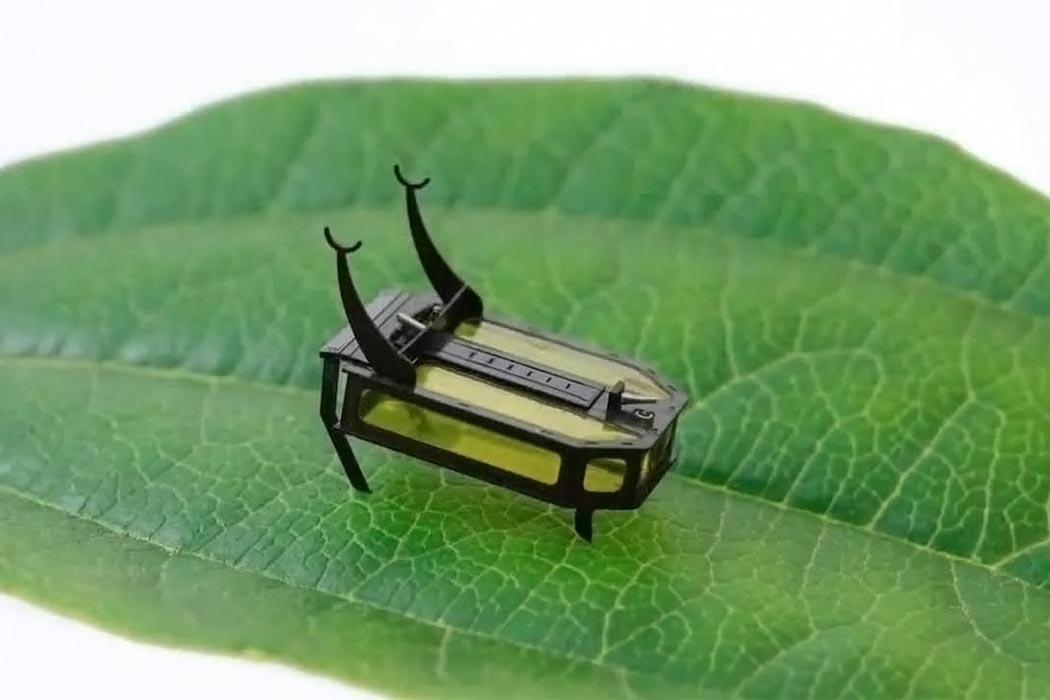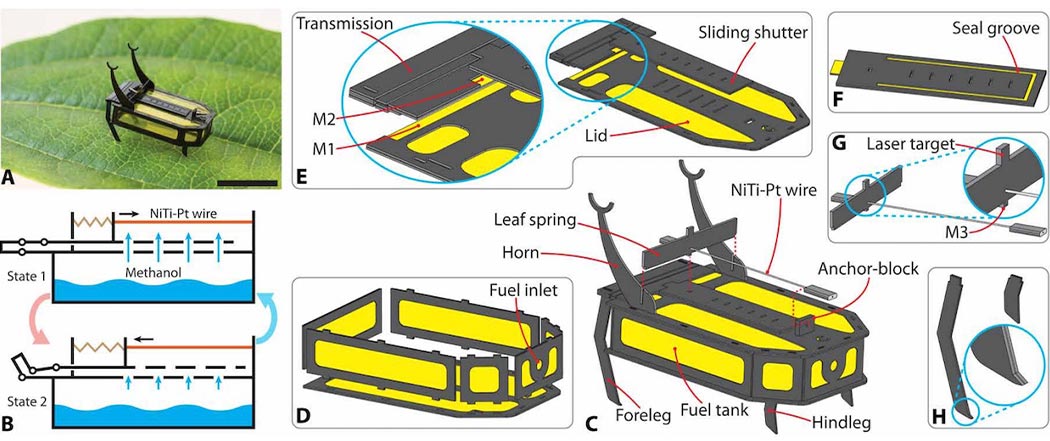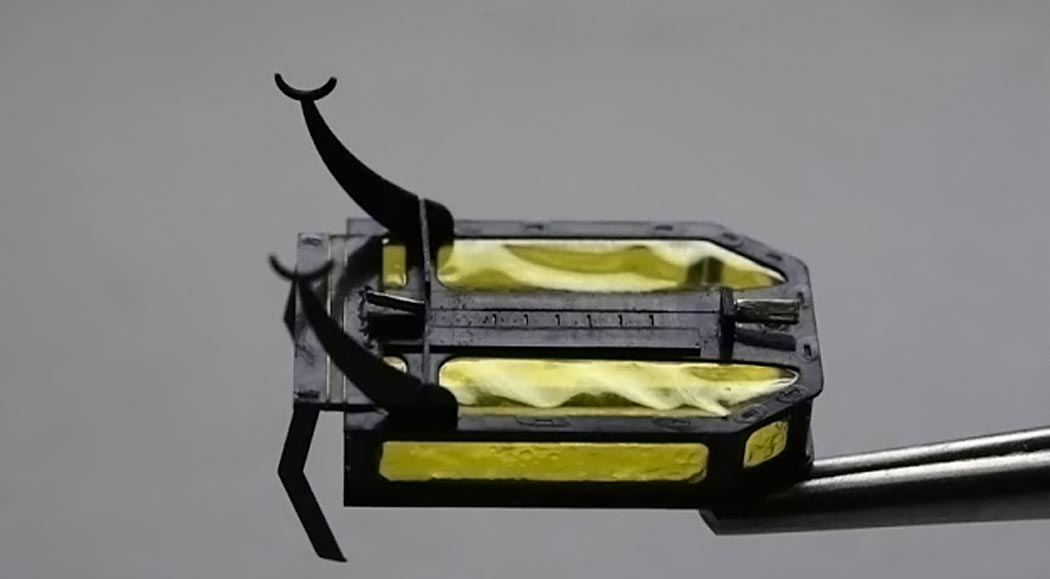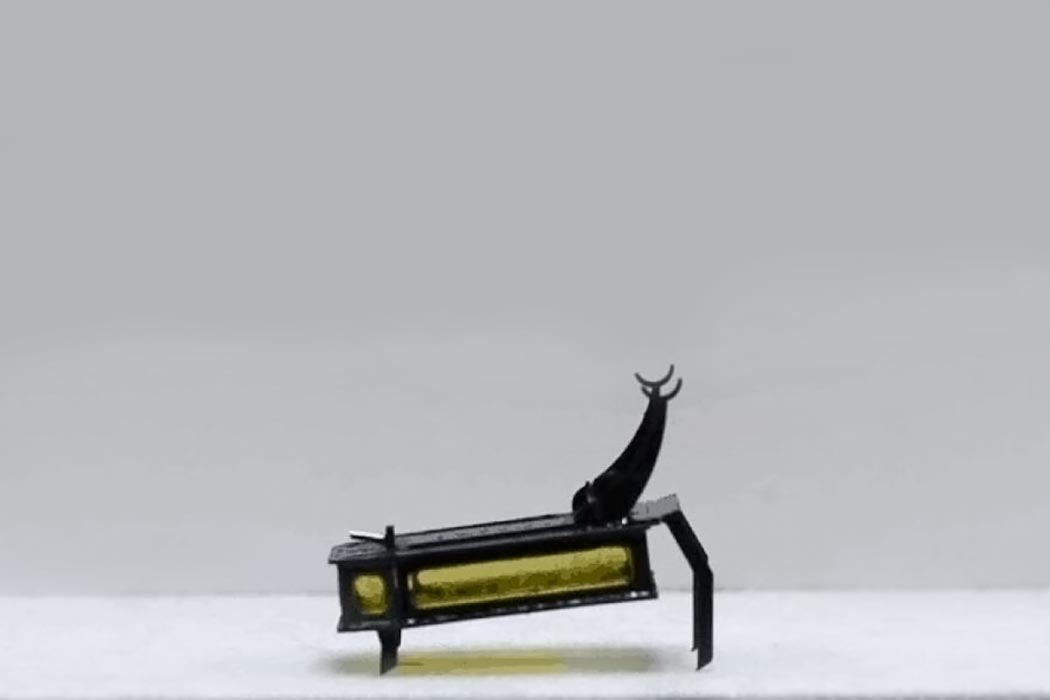Tag Archives: robotics
Hyundai confirms its $1.1 billion acquisition of Boston Dynamics
SoftBank has reportedly sold Boston Dynamics to Hyundai
The ExoMy is a programmable $600 Mars rover you can build yourself
Disney robot with human-like gaze is equal parts uncanny and horrifying
A smarter, more capable Flippy robot knows how to fry 19 things
Toyota’s new home-assist robots include a butler who will do the dishes for you!
Toyota’s Gantry robot is a real superhero for the elderly, but instead of fighting local crimes, he does house chores for them. Designed for the aging demographic that is often forgotten when it comes to technological advancements, this robot will take care of the domestic duties while sometimes hanging from the ceiling! People over the age of 65 make up for the world’s fastest-growing age group and we need more resources to give them the aid they require.
Speaking about the capabilities of robots, Russ Tedrake of Toyota Research Institue (TRI) says “Unlike the sterile, controlled and programmable environment of the factory, the home is a ‘wild west’ – unstructured and diverse. Despite recent strides in artificial intelligence and machine learning, it is still very hard to engineer a system that can deal with the complexity of a home environment and guarantee that it will (almost) work correctly.” The gantry robot is one of the prototypes being tested in mock-up home environments built-in labs in California. It is able to complete tasks like cleaning and loading the dishwasher. The design of the robot was inspired by the layout of Japanese homes, where researchers found that limited floor space would constrain a robot’s ability to help, and thus the solution would be to have robots directly integrated into the architecture for future homes. “What if instead of needing a robot to navigate the cluttered floor, it could travel on the ceiling instead, and be tucked out of the way when it’s not needed?” said Dan Helmick, co-lead of robotics fleet learning at the Toyota Research Institute (TRI), during a virtual presentation. While it is a huge undertaking to construct new robot-assisted homes from scratch and will have many hurdles, the design has the potential to solve many problems faced by the old folk who live alone.
The dishwashing robot is basically a giant robotic arm which shows new technology instead of being ready for commercial use, someone even pointed out that it looks better suited to build cars than load dishes but there is a long way to go before this product hits the market and there will be many changes made to it before it is ready for sale. This is a full series of robots designed to help senior citizens manage housework and the gantry robot is just one of them. There is another “soft bubble gripper” robot that uses air-filled cushions to gently grab a variety of objects, and a floor-based mobile robot with the same basic capabilities as hanging robot friend. All robots are being trained using virtual reality – real people are performing actions like wiping down a tabletop and then using VR controllers these movements are programmed into the robots.
“The robots that you see today are prototypes to accelerate our research, but they are not going to be turned into products any time soon,” says Max Bajrachary, TRI’s VP of Robotics. Robotics is generally a difficult field and creating robots for household tasks is challenging mainly because every house is so different and therefore the smarter option would be to construct robot-friendly houses with tracks where the residents have the option of installing the gantry robot if needed. Robots can take over my world if they take over my dirty dishes!
Designer: Toyota Research Institute
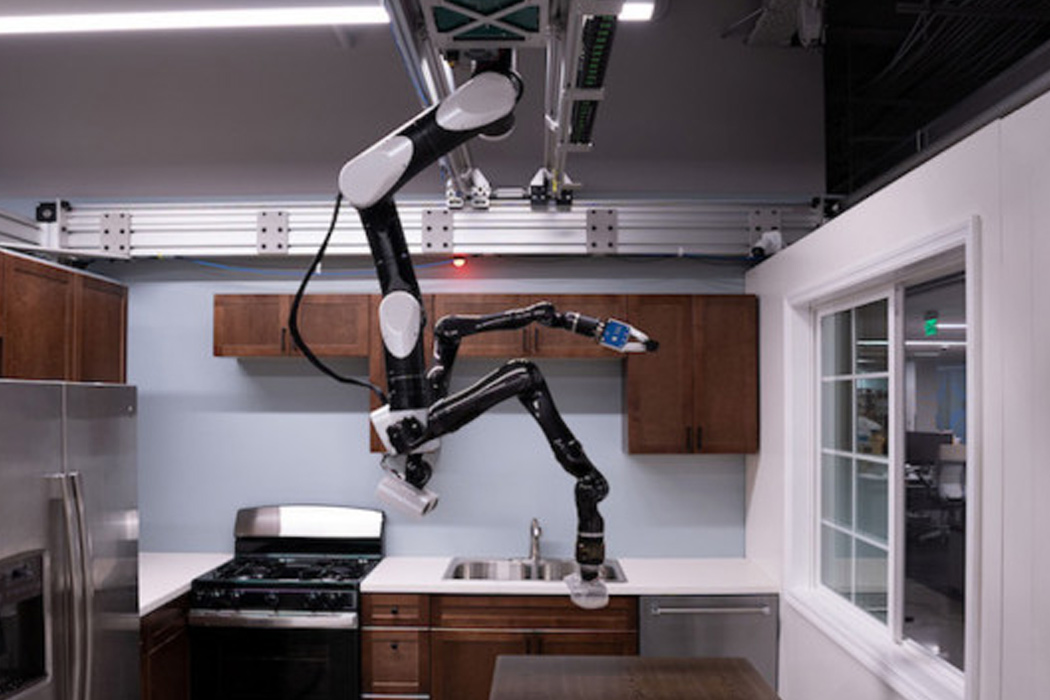
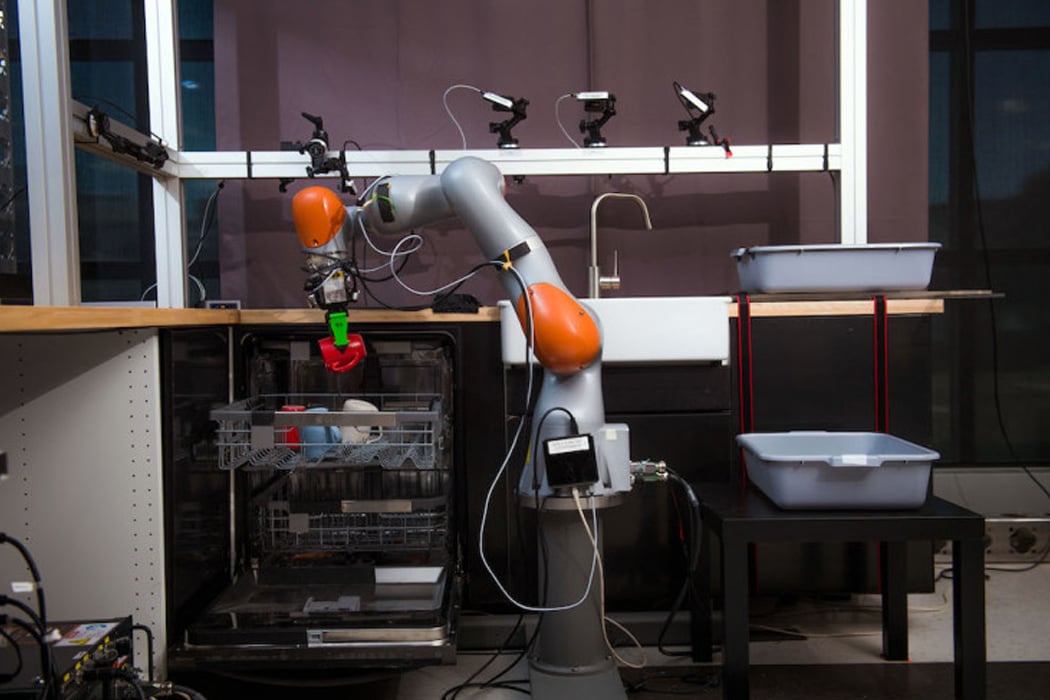
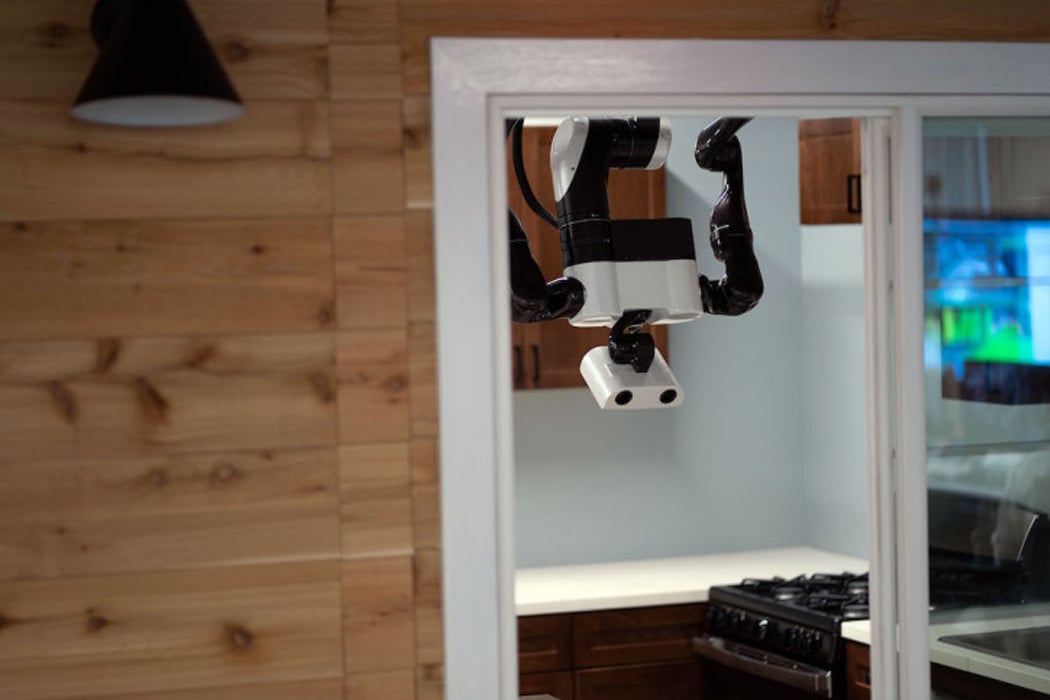
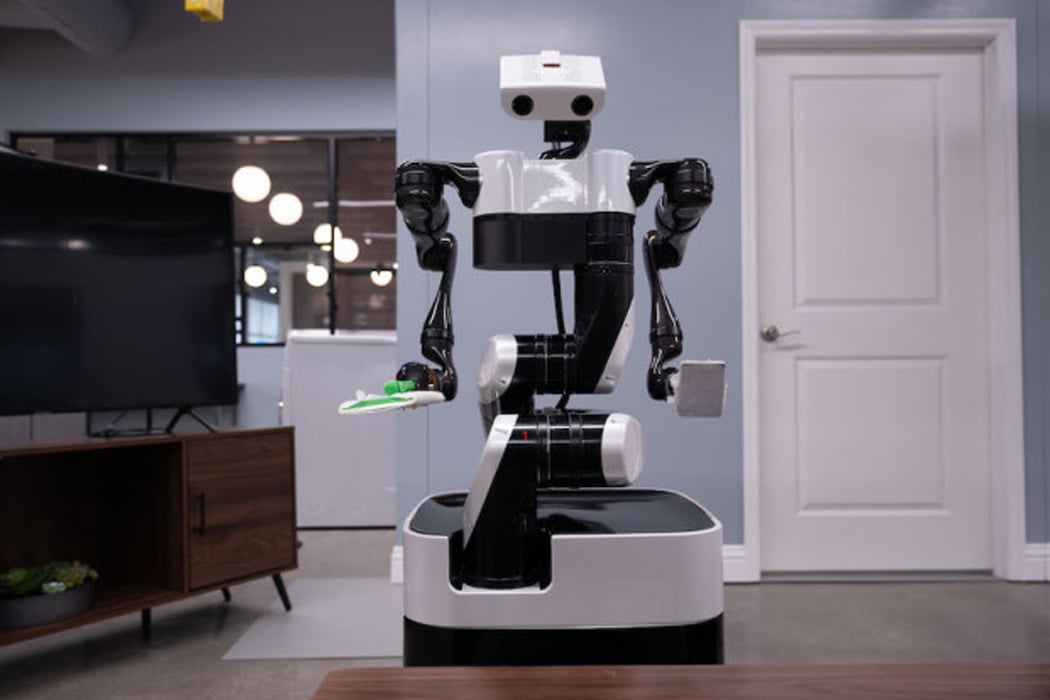
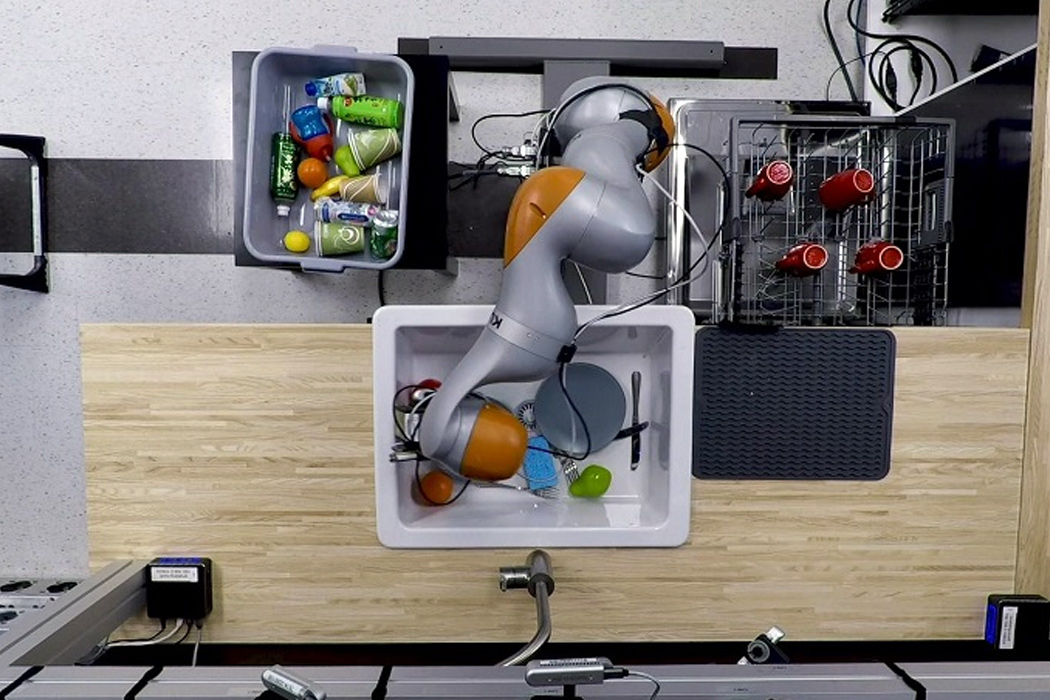
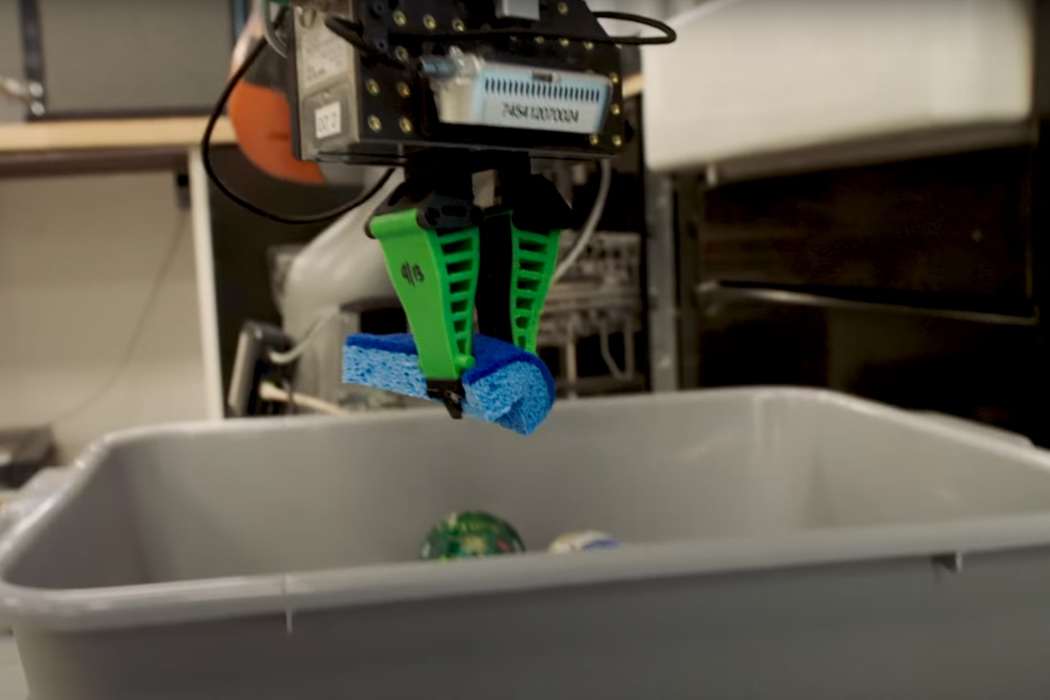
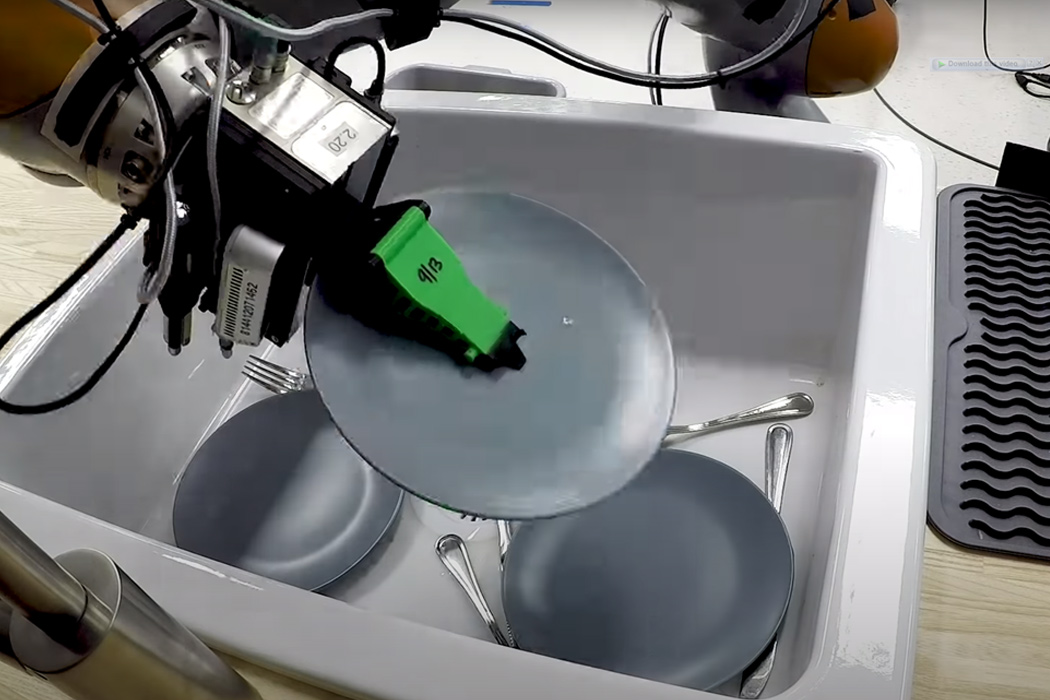

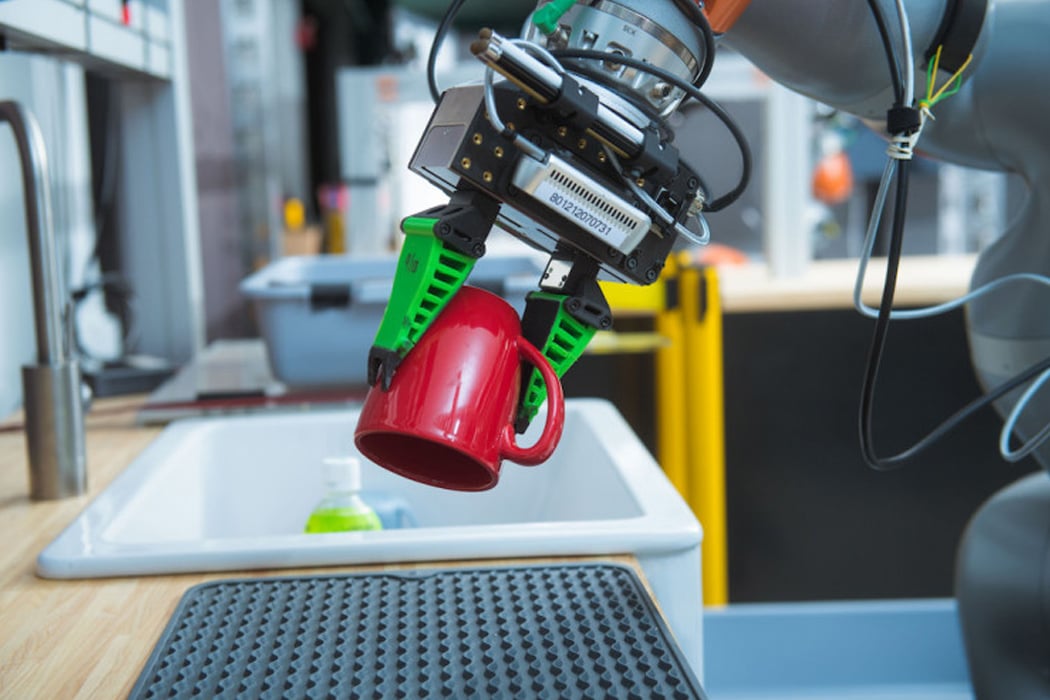
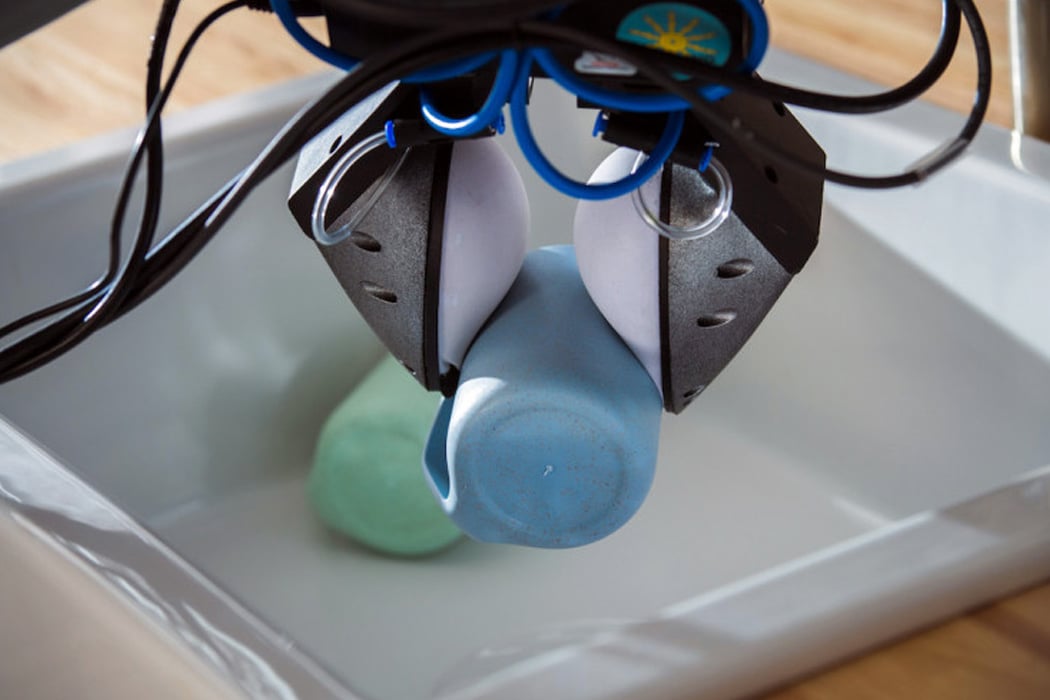
This tiny robot can walk for hours and is fuelled by methanol – no batteries required!
When designing small robots, the challenge is always about how to power them while being sustainable. Most designers will try to find alternatives to electric power because that means removing a battery that takes up space and adds weight – both things not conducive for a small robot. However, RoBeetle is finally here to take one small step for beetles but a giant leap for small robots! This tiny robot is actually powered by methanol – no batteries needed!
The body of the RoBeetle is actually the fuel tank, it gets filled with methanol and it weighs just 88 milligrams! The tiny robot has four legs – the rear legs are fixed and the front legs are attached to a transmission. The transmission is connected to a leaf spring-tensioned in a way that pulls the legs backward – the reason it was designed this way is that it helps the RoBeetle stand upright when it is not in motion. The actuator used inside is a nickel-titanium shape-memory (SMA) alloy which is basically a platinum-coated wire that gets longer when it heats up and shrinks when it cools down. The structural design of the robot is created in a way that it can modulate the flow of methanol using a purely mechanical system. The little horns of RoBeetle are actually hooks that help it carry small things.
“The way that the sliding vent is attached to the transmission is the really clever bit about this robot because it means that the motion of the wire itself is used to modulate the flow of fuel through a purely mechanical system. Essentially, it’s an actuator and a sensor at the same time,” says the team. A fun fact for you: RoBeetle’s speed can be increased by a gentle breeze because the air moving over the SMA wire cools it down a bit faster while also blowing away any residual methanol from around the vents, shutting down the reaction more completely. The little robot can carry more than its own body weight in fuel (so more than a gram) and it essentially takes 155 minutes for a full tank of methanol to completely evaporate. While this is a great step in developing small robots and robotic fuel, there are still some cons about RoBeetle that future creators and developers should take into account when trying to find solutions. For starters, it can only move forwards, not backward, and it can’t steer. The speed can’t be adjusted or controlled and it’ll walk until it either breaks or runs out of fuel.
The actuation cycle is what makes the robot walk and it starts with a full fuel tank and a cold SMA wire. The platinum coating of this wire facilitates a reaction between the methanol fuel and oxygen in the air which then generates a couple of water molecules and carbon dioxide along with heat. The coating of the wire is crucial because it creates a larger surface area for the platinum to interact with as much methanol as possible. It only takes a second or two for the SMA wire’s temperature to rise from 50 to 100 degrees Celsius once the reaction starts. Every punctuation of this cycle makes the robot moves forward by 1.2 millimeters and the top speed for it is 0.76 millimeters per second. This is only the beginning of creating smaller, more efficiently powered robots! Can someone Photoshop four of these RoBeetles on a crosswalk and make my day, please?
Designer: Nestor Perez-Arancibia, Xiufeng Yang, and Longlong Chang at the University of Southern California
